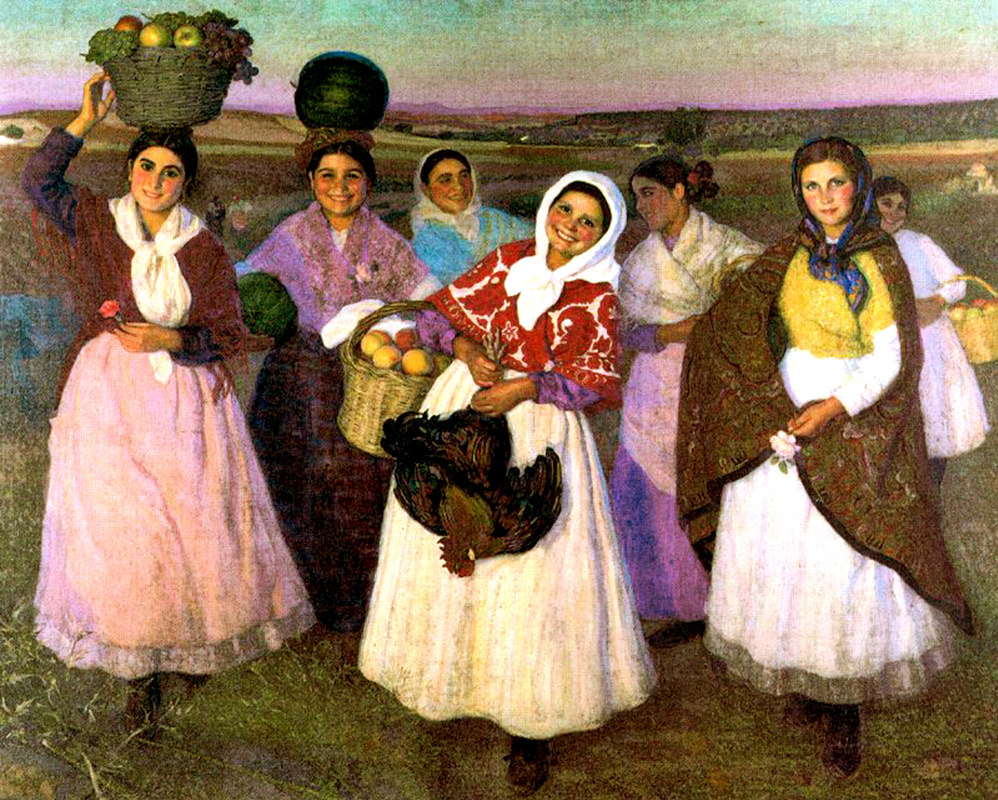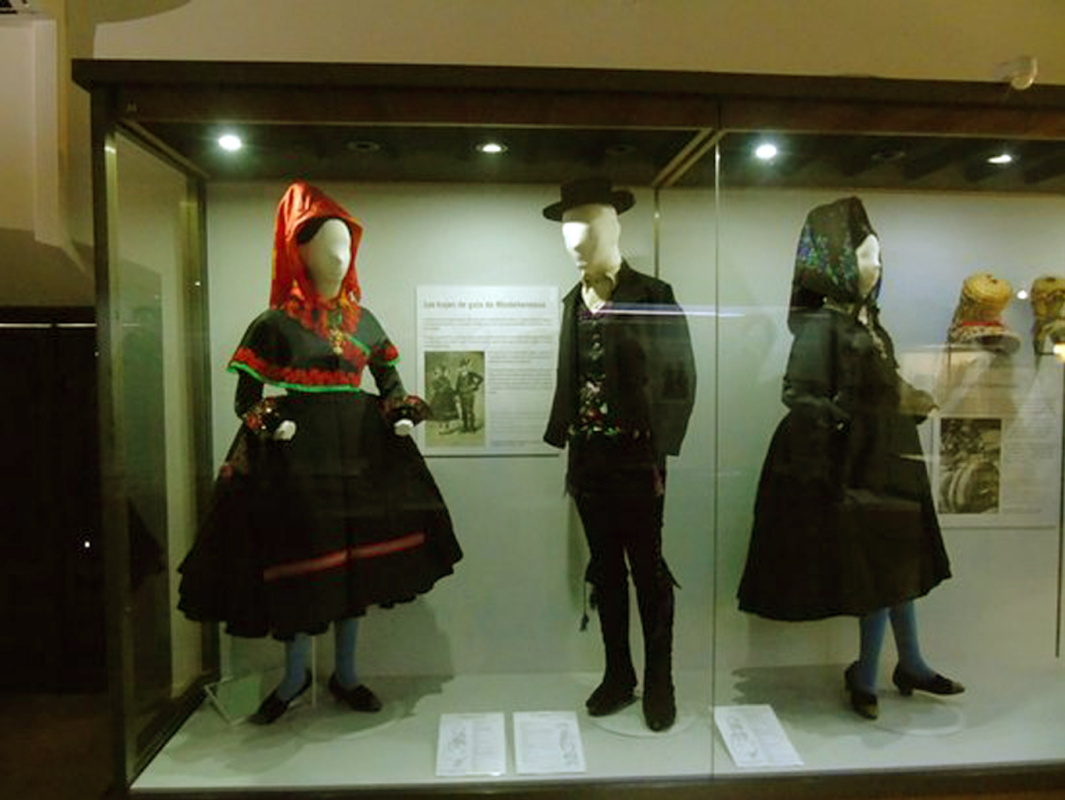It is housed in two historic buildings in the Old Town of Cáceres, declared a World Heritage Site by UNESCO. The Casa de Las Veletas houses the Archaeology and Ethnography Sections; it is a building whose current appearance has its origin in the works carried out in 1600 by its owner Don Lorenzo de Ulloa y Torres on a site that may have been occupied by the disappeared Muslim Alcazar. From that intervention dates the beautiful square courtyard supported by eight Tuscan columns; in the 18th century, however, the house was renovated by Don Jorge de Cáceres y Quiñones, who introduced the gargoyles and the beautiful glazed ceramic roof and the large coats of arms on the main façade.
The Fine Arts collection can be seen in the Casa de Los Caballos, which was a stables and later a house until it was converted into a museum space; the object of a recent restoration, it was opened to the public in 1992.
Although the first Patronage of the Museum was constituted in 1917, the idea of its creation arose in 1899 when a group of scholars of the History of Cáceres began to collect objects of archaeological and artistic interest, depositing them in the Institute of Secondary Education. In 1931 the Palacio de Las Veletas was rented to house the Museum, which, after an architectural intervention, was inaugurated on February 12, 1933. After the subsequent acquisition of the building, it was restored in 1971 and the permanent exhibition was reformed, a task that was repeated in 1976 in the Ethnography Section. In 1989 the Ministry of Culture transferred the management of the Museum to the Government of Extremadura, retaining ownership of the building and part of the collections.
log in
Enter site
Login to use Arthive functionality to the maximum
Museum of Cáceres
Plaza de las Veletas, 1 10003, Cáceres, Caceres, Spain
Address
Plaza de las Veletas, 1 10003, Cáceres
Caceres, Spain
Open hours:
- Mon 09:00 AM − 09:00 PM
- Tue 09:00 AM − 09:00 PM
- Wed 09:00 AM − 09:00 PM
- Thu 09:00 AM − 09:00 PM
- Fri 09:00 AM − 09:00 PM
- Sat 09:00 AM − 09:00 PM
- Sun 09:00 AM − 09:00 PM
Delivery
Whole world: at shipping rates








